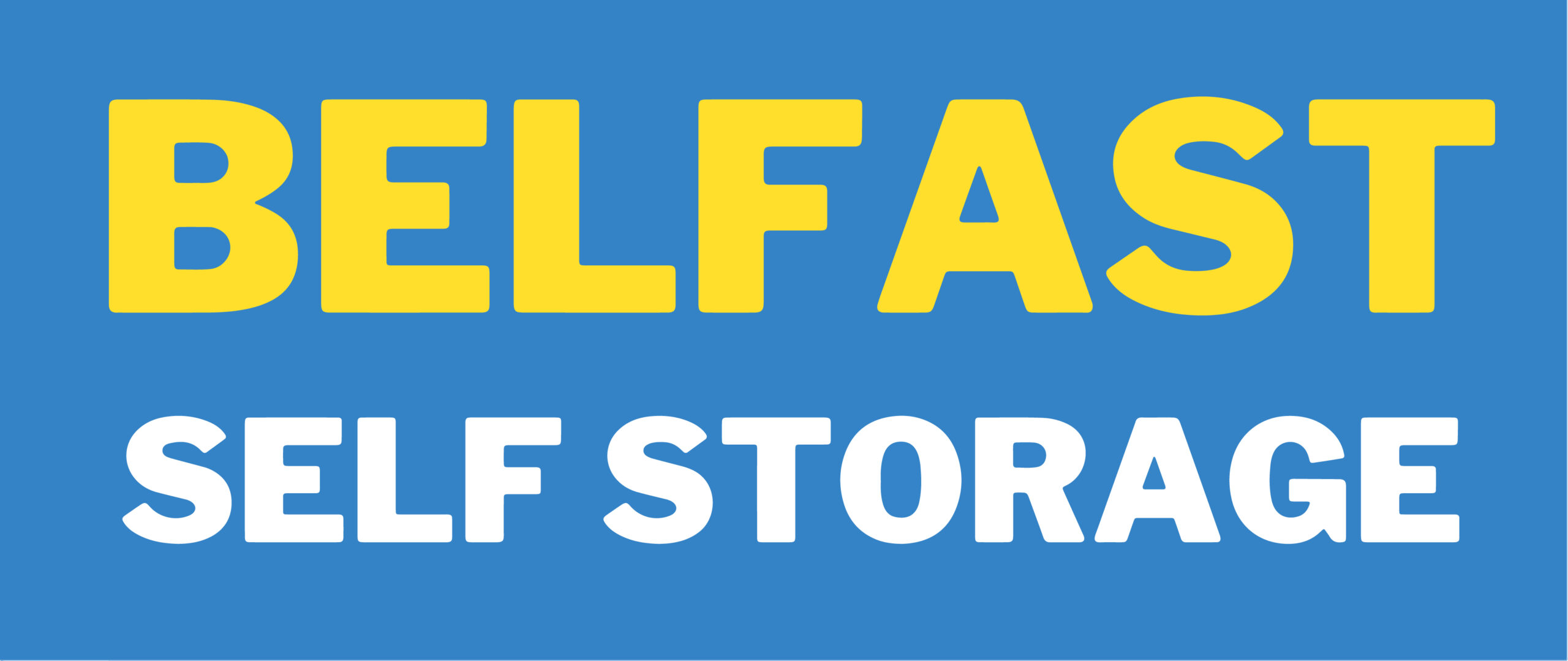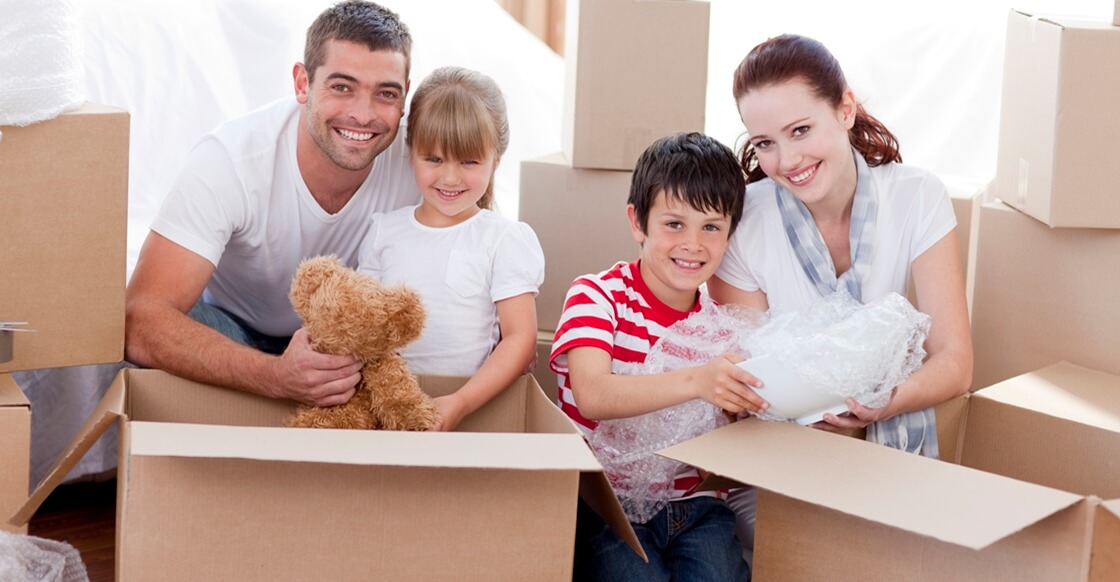Moving house can be an overwhelming task, but with the right tips and advice, you can make the process smoother and stress-free. Whether you’re a first-time mover or have done it before, these essential tips will help you navigate the challenges of moving house successfully. Expert advice and practical suggestions await you to ensure a seamless transition to your new home.
From packing strategies to organising logistics, we’ve got you covered. Discover valuable insights that will make your next house move easier than ever before. Say goodbye to the chaos and confusion often associated with moving and embrace a hassle-free experience. Get ready to tackle every aspect of your house move confidently and efficiently.
So, if you’re looking for expert guidance on how to make your next move a breeze, look no further! Prepare yourself for a stress-free journey as we provide you with valuable tips and tricks to ensure a smooth transition into your new home.
Planning Your Move: Scheduling and Preparation
Moving house can be an exciting yet overwhelming experience. To ensure a smooth transition, it’s crucial to plan your move carefully. By creating a detailed timeline and making necessary preparations in advance, you can minimise stress and complications. Here are some essential tips to help you with the scheduling and preparation process:
Create a Detailed Timeline
One of the first steps in planning your move is to create a detailed timeline. This will serve as your roadmap throughout the moving process, helping you stay organised and on track. Start by identifying important milestones such as finding a new home, notifying utility companies of your move, and packing up your belongings. Break down these milestones into smaller tasks that need to be completed within specific timeframes.
- Make a list of all the tasks involved in the moving process.
- Assign deadlines for each task to ensure timely completion.
- Prioritise tasks based on their urgency and importance.
Start Planning Early
Procrastination is not your friend. Starting early allows you ample time to tackle each task without feeling overwhelmed or rushed at the last minute. Begin planning at least two months before your intended move date.
- Research moving companies or decide if you’ll handle the move yourself.
- Determine whether you need any additional services like packing or self storage.
- Begin decluttering and organising your belongings room by room.
Determine Your Budget
Moving can come with unexpected costs, so it’s crucial to determine your budget upfront. Consider expenses such as hiring movers, purchasing packing supplies, transportation costs, and any fees associated with changing addresses or utilities.
- Research different moving options (professional movers vs. DIY) to compare costs.
- Get quotes from multiple moving companies for accurate budgeting.
- Allocate funds for unforeseen expenses that may arise during the move.
Research and Hire Reputable Movers
If you decide to hire professional movers, it’s essential to do your research and hire a reputable company. Look for movers with positive reviews, proper licensing, and insurance coverage. Get recommendations from friends or family who have had successful moving experiences.
- Obtain quotes from multiple moving companies to compare prices and services.
- Check the company’s reputation with the Better Business Bureau or other review platforms.
- Ensure that the movers you choose can accommodate your specific needs (e.g., fragile items, long-distance moves).
Gather Necessary Documents
Moving involves paperwork, so be sure to gather all necessary documents in advance. This may include leases or contracts for your new home, insurance policies, medical records, school records if you have children, and any other relevant paperwork.
- Create a file or folder to keep all important documents organised.
- Make copies of essential documents in case of loss or damage during the move.
- Keep these documents easily accessible during the transition period.
Make Special Arrangements
If you have any special requirements during your move, such as transporting pets or storing belongings temporarily, make arrangements well in advance.
- Research pet transportation services if you’re moving with animals.
- Find suitable storage facilities if needed and book them ahead of time.
- Make arrangements for any necessary childcare or pet care on moving day.
By following these tips and taking the time to plan your move carefully, you’ll be better prepared for a successful transition. Remember to stay organised, allocate resources wisely, and tackle tasks systematically. Moving house doesn’t have to be stressful when you approach it with a well-thought-out plan.

Preparing for Your Move: Months Before
Declutter Your Belongings
Before you embark on your moving journey, it’s crucial to declutter your belongings. Take the time to sort through your items and categorise them into three groups: keep, donate, or sell. This process will help you eliminate unnecessary clutter and make your move more manageable. Consider whether you’ve used an item in the past year – if not, it might be time to let it go.
Notify Relevant Parties about Your Change of Address
One of the most important tasks when preparing for a move is notifying relevant parties about your change of address. Make a list of all the organisations and individuals who need to be informed, including banks, utility companies, insurance providers, and any subscriptions or memberships you have. This ensures that important mail and documents are redirected correctly after you move.
Obtain Packing Supplies in Advance
To ensure a smooth packing process, it’s essential to obtain all the necessary packing supplies well in advance. Stock up on sturdy boxes in various sizes, packing tape, bubble wrap or packing paper for fragile items, markers for labelling boxes, and any other materials you may need. By having these supplies ready ahead of time, you can start packing efficiently without any last-minute rush.
Begin Packing Nonessential Items Early
Packing can quickly become overwhelming as the moving date approaches. To minimise stress closer to the moving day itself, start by packing nonessential items early on. These could include seasonal decorations, books you’ve already read but want to keep, or extra kitchen appliances that aren’t frequently used. By tackling these items first, you’ll have more time and energy to focus on essential belongings as the move draws nearer.
Take Inventory of Valuables
Moving house presents an excellent opportunity to take inventory of your valuable possessions. Create a detailed list of high-value items such as electronics, jewellery pieces, artwork, or collectables. This inventory will not only help you keep track of your belongings during the move but also serve as a valuable reference in case any items are lost or damaged during the process.
Consider Additional Insurance Coverage
While most moving companies provide basic insurance coverage, it’s essential to evaluate whether you need additional protection for your valuables. If you have particularly valuable items that exceed the standard coverage, consider purchasing additional insurance to safeguard against any potential loss or damage. Consult with your insurance provider to explore suitable options that align with your needs and budget.
Arrange for Necessary Repairs or Renovations
Before listing your current home for sale, take the time to assess any necessary repairs or renovations. Addressing these issues early on can help increase the value of your property and attract potential buyers. Whether it’s fixing leaky faucets, repainting walls, or replacing worn-out flooring, investing in these improvements can make a significant difference.
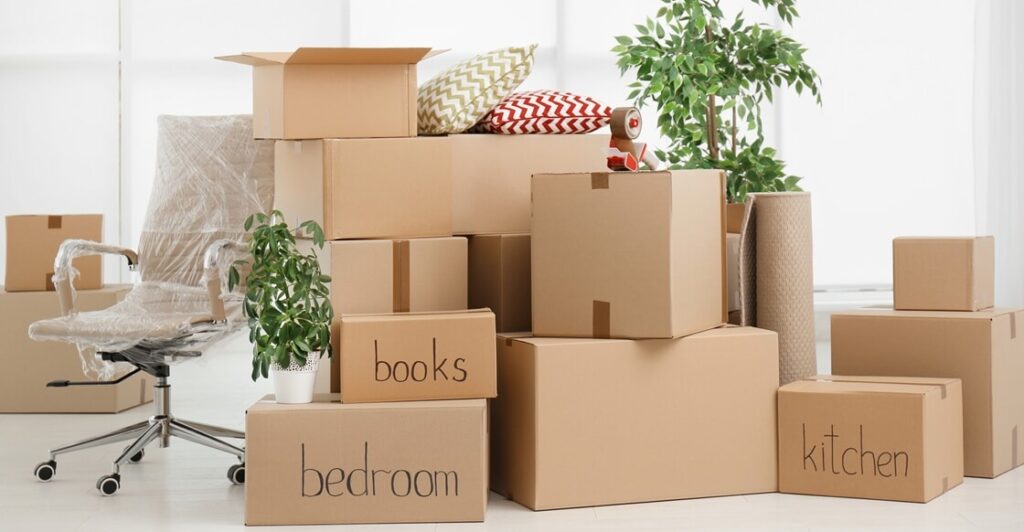
Efficient Loading and Unloading: Packing Tips
Efficient loading and unloading can make a world of difference. To ensure a smooth transition, follow these packing tips that will help you stay organised during both the loading and unloading processes.
Pack room by room for organisation
One of the most important packing tips is to pack your belongings room by room. This approach allows for better organisation when it comes time to unload at your new place. Start with one room and carefully pack its contents into boxes before moving on to the next. By doing this, you’ll avoid mixing up items from different rooms, making unpacking a breeze.
Label each box clearly
To avoid any confusion during the unloading process, be sure to label each box clearly with its contents and designated room location. Use a permanent marker or labels that are easy to read. This simple step will save you time and effort when it’s time to unpack.
Protect fragile items
Fragile items require extra care during transportation. To keep them safe, use protective materials such as bubble wrap or newspaper when wrapping delicate objects like glassware or china. Make sure these items are securely packed in sturdy boxes labelled “fragile” so that movers know to handle them with caution.
Disassemble furniture whenever possible
To maximise space during transportation, disassemble furniture whenever possible. Remove legs from tables or take apart bed frames if they are easily detachable. This not only saves space in the moving truck but also makes it easier for movers to navigate through doorways and hallways.
Pack heavy items at the bottom
When packing boxes, remember to place heavy items at the bottom while keeping lighter ones on top. This distribution of weight helps prevent damage to fragile belongings and ensures stability during transportation. Packing heavier items first allows for easier stacking in the moving truck.
Use wardrobe boxes or garment bags
Transporting clothing can be a hassle if not done properly. To make things easier, invest in wardrobe boxes or garment bags. These specialised containers allow you to hang clothing directly from your closet, keeping them wrinkle-free and easily accessible upon arrival at your new home.
Essential Items: Packing for Immediate Needs
When you’re moving house, it’s important to pack strategically to ensure a smooth transition. One key aspect of packing is preparing for your immediate needs upon arrival at your new home. Let’s dive into some essential items you should consider packing.
Separate Box for Essential Items
Packing a separate box with essential items is a smart move. This box should contain things that you’ll need right away, such as toiletries, medications, and a change of clothes. By having these items easily accessible, you won’t have to rummage through all your boxes in search of them.
Important Documents
In the chaos of moving, it’s crucial not to misplace important documents like passports, IDs, and insurance papers. To keep them safe and within reach, include them in your essentials box. This way, you won’t have to worry about searching high and low for these vital documents when the need arises.
Basic Kitchen Supplies
Moving can be exhausting, and the last thing you want is to be caught without basic kitchen supplies when hunger strikes. Make sure to keep some basic kitchen supplies handy in your essentials box or separate bag. This could include disposable plates and utensils, paper towels, snacks, and beverages. Having these essentials readily available will save you from unnecessary stress during those first few days in your new home.
Chargers and Power Adapters
In today’s digital age, we rely heavily on our electronic devices. So before you pack up all those chargers and power adapters scattered around your house, make sure they find their way into your essentials bag too! You don’t want to find yourself frantically searching through boxes just to charge your phone or laptop.
Small Toolkit
Moving often involves minor fixes, or assembly needs in your new place. To tackle these tasks efficiently without scrambling for tools amidst the chaos of unpacking boxes everywhere, prepare a small toolkit with essential tools. This could include a screwdriver, hammer, pliers, and other basic tools. Having them readily available will save you time and frustration.
Cash on Hand
While we’re all about convenience these days with digital payments, it’s still wise to have some cash on hand when moving. You never know when you might encounter unexpected expenses or emergencies that require immediate payment. Having some cash readily available will give you peace of mind during this transitional period.
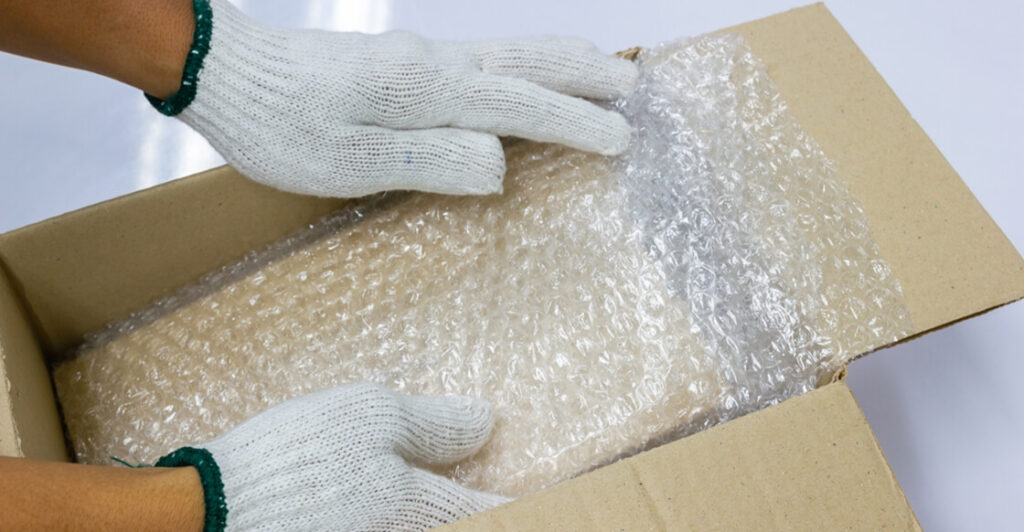
Safeguarding Fragile Belongings during the Move
Moving house can be an exciting yet daunting task. As you prepare to relocate, it’s crucial to ensure the safety of your fragile belongings. Taking extra precautions will help prevent damage and preserve these cherished items. Here are some tips to safeguard your fragile belongings during the move:
Wrap delicate items individually with bubble wrap or packing paper to prevent damage
With porcelain or delicate figurines, proper wrapping is essential. Individually wrapping each item with bubble wrap provides a protective layer that minimises the risk of breakage. This method helps cushion the objects and prevents them from colliding with one another during transportation.
Use sturdy boxes specifically designed for fragile objects like glassware or china
Choosing the right boxes is crucial. Opt for sturdy boxes explicitly designed for fragile items like glassware or china. These specialised boxes often have reinforced corners and extra padding, providing an added layer of protection during transit.
Fill empty spaces in boxes with packing peanuts or crumpled paper to provide cushioning
To further protect your fragile possessions, make sure there aren’t any empty spaces within the boxes. Empty spaces can lead to movement and potential damage during transportation. Fill these gaps with packing peanuts or crumpled paper to provide additional cushioning and stability.
Clearly mark boxes containing fragile items with “Fragile” labels for careful handling
Proper labelling is essential when moving delicate belongings. Clearly mark all boxes containing fragile items with “Fragile” labels on multiple sides of the box. This ensures that everyone involved in the moving process handles these boxes with extra care and attention.
Consider transporting valuable or sentimental items personally to ensure their safety
Some items hold significant sentimental or monetary value that cannot be replaced easily. To ensure their utmost safety, consider transporting these valuable or sentimental items personally. This way, you have complete control over their handling and can guarantee their protection throughout the move.
Communicate specific handling instructions to movers regarding fragile belongings
If you’re hiring professional movers, it’s crucial to communicate specific handling instructions for your fragile belongings. Clearly explain which items require extra care and provide any necessary guidance on how to handle them properly. Open communication ensures that the movers understand the importance of safeguarding these delicate possessions.
Remember, each item is unique and may require different levels of care. Assess each piece individually and take appropriate measures to protect it accordingly. With proper precautions in place, you can rest assured that your fragile belongings will arrive safely at your new home.
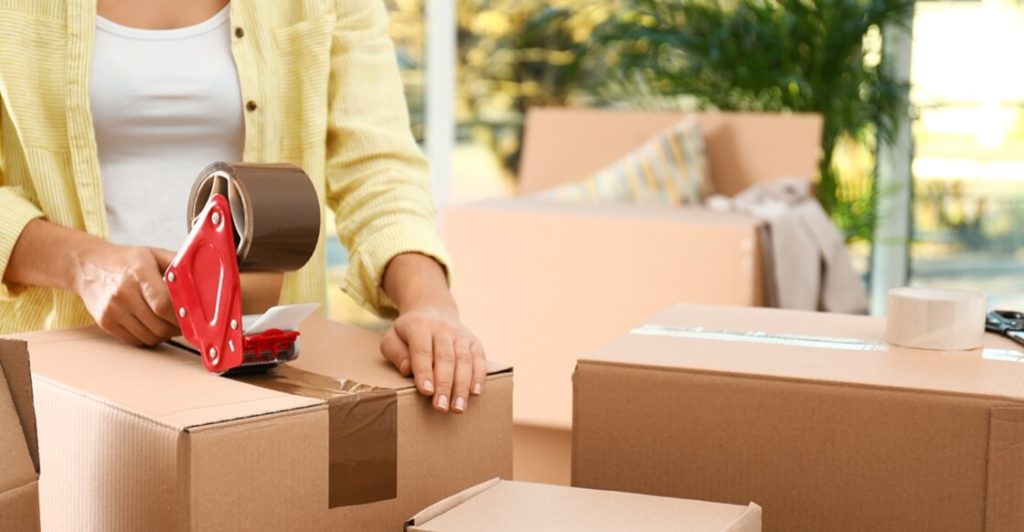
Securing Your Belongings: Proper Packing with Tape
To ensure a smooth and successful move, it’s crucial to pack your belongings securely. Using the right packing materials and techniques can help protect your items from damage during transportation. One essential tool for proper packing is high-quality packing tape. Let’s dive into some tips on how to use tape effectively when moving house.
Use Durable and Tear-Resistant Packing Tape
When selecting packing tape, opt for a high-quality option that is durable and resistant to tearing. This will provide added strength and stability to your boxes, ensuring that they hold up well during the moving process. Look for packing tape specifically designed for moving or shipping purposes, as they are often more reliable than regular household tapes.
Reinforce Box Bottoms with Multiple Layers of Tape
The bottom of each box bears the weight of its contents, so reinforcing it with multiple layers of tape is essential. By applying extra strips of tape along the seams, you can significantly strengthen the box’s base. This reinforcement helps prevent the bottom from giving way and protects your belongings from potential damage caused by a collapsed box.
Securely Seal Openings and Seams on Boxes
To avoid any mishaps during transit, it’s important to seal all openings and seams on your boxes securely. Use ample amounts of tape to ensure that there are no gaps or loose ends where items could fall out or get damaged. Take extra care when sealing boxes containing fragile or valuable items by using additional layers of tape for added protection.
Extra Layer of Tape for Furniture Wrapping
When wrapping furniture pieces such as tables, chairs, or cabinets in bubble wrap or protective dust covers, it’s wise to apply an extra layer of tape around corners and edges. This additional reinforcement helps keep the wrapping secure and prevents it from shifting or coming loose during handling and transportation.
Clearly Label Each Box
Labelling each box clearly is crucial for an organised and efficient move. Before sealing a box with tape, make sure to label it with its designated room or category. You can use coloured tape or markers to differentiate between rooms, making it easier for movers to place boxes in the correct locations at your new home.
Tighten the Seal with Tape
Once you have packed and labelled each box, make sure to seal it tightly with tape before transportation. This will help keep dust, dirt, and moisture out, ensuring that your belongings stay clean and protected throughout the moving process. A securely sealed box also prevents items from shifting around during transit.
By following these tips and using tape effectively during your move, you can safeguard your belongings and minimise the risk of damage. Remember to choose high-quality packing tape that is tear-resistant, reinforce box bottoms with multiple layers of tape, seal openings and seams securely on boxes, apply an extra layer of tape when wrapping furniture pieces, and label each box before sealing it tightly with tape.
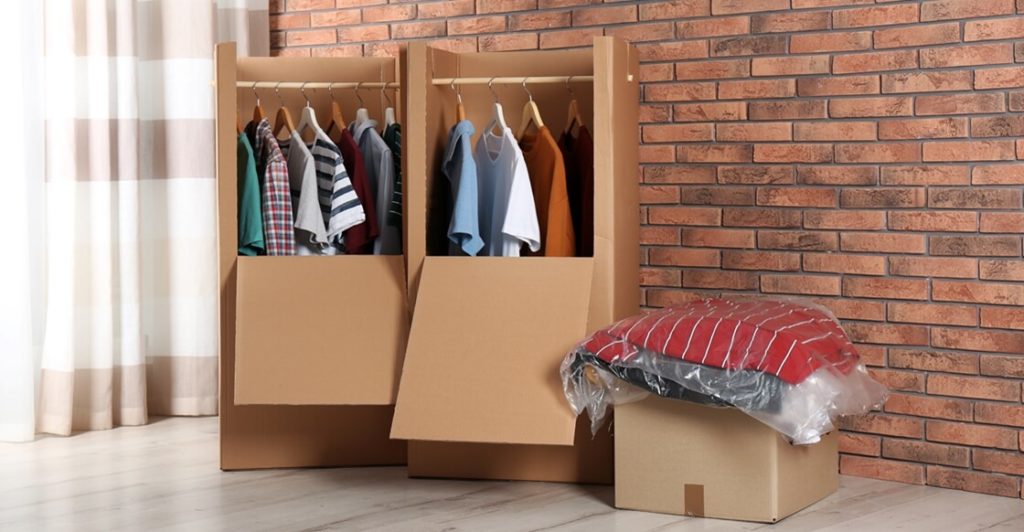
Choosing the Right Boxes for Packing
Choosing the right boxes for packing is crucial. You want sturdy boxes that can protect your belongings during transit. Here are some tips to help you select the best boxes for your move.
Select Sturdy Cardboard Boxes in Various Sizes Suitable for Different Types of Items
One of the first things to consider is the size and strength of the packing boxes. It’s important to have a variety of sizes on hand, from small boxes for books and heavy items to larger ones for bedding and bulky belongings. This way, you can pack each item appropriately without wasting space or risking damage.
Consider Using Plastic Bins if You Require Long-Term Storage Solutions
For those who need long-term storage solutions, plastic bins can be an excellent option. Plastic bins are durable and resistant to moisture, making them ideal for protecting your belongings in storage units or basements. They also offer stackability and easy access with their snap-on lids.
Use Specialised Boxes for Specific Items, Such as Wardrobe Boxes or Dish Packs
Certain items require specialised packaging solutions to ensure their safe transport. For example, wardrobe boxes come with a built-in hanging rod, so you can easily transfer your clothes from closet to box without folding them. Dish packs have dividers specifically designed to keep your fragile dishes secure during the move.
Ensure All Boxes Are in Good Condition Without Any Signs of Damage or Weakness
Before packing your belongings, inspect each box carefully. Make sure there are no signs of damage or weakness, such as tears, dents, or water stains. Using damaged boxes can compromise the safety of your items during transit. It’s better to be safe than sorry.

Timing Your Move: Selecting the Best Day
One important factor to consider when moving is the timing of your move. Choosing the right day can have a significant impact on the overall efficiency and cost of your relocation. Here are some tips to help you select the best day for your move.
Avoid Peak Moving Seasons: Secure Better Availability and Rates
If possible, try to avoid moving during peak seasons, such as the summer months or holidays. These periods tend to be busier, with higher demand for moving services. As a result, availability may be limited, and prices may be inflated. By opting for an off-peak season or month, you increase your chances of securing better availability from moving companies and potentially even lower rates.
Weekdays Offer More Flexibility and Lower Costs
Weekdays often offer more flexibility and lower costs compared to weekends. Many people prefer to move on weekends due to work schedules or convenience factors. However, this high demand for weekend moves can lead to increased prices and limited availability. If possible, consider scheduling your move on a weekday instead.
Schedule Your Move During Off-Peak Hours: Minimise Traffic Congestion
In addition to choosing the right day of the week, it’s also essential to consider the timing within that day. Opting for off-peak hours can help minimise traffic congestion and make your move more efficient. Rush hour traffic can significantly delay your journey between locations, leading to wasted time and increased stress levels.
Check Local Events or Road Closures: Impact on Timing
Before finalising your moving date, take some time to check if there are any local events or road closures that could impact the timing of your move. For example, if there is a major festival happening in your area, it may result in road closures or heavy traffic. Being aware of such events can help you plan your move around them and avoid unnecessary delays.
Plan Around School Holidays: Minimise Disruption for Children
If you have children, it’s crucial to consider their school schedules when planning your move. Moving during the school term can disrupt their routine and potentially affect their academic performance. To minimise disruption, try to schedule your move during school holidays or at a time when it will cause the least amount of disturbance to their studies.
Consult with Your Employer: Smooth Transition for Work Relocation
If you are moving due to a job relocation, it’s essential to consult with your employer regarding the best time for a smooth transition. They may have specific guidelines or requirements that need to be considered when planning your move. By aligning your moving date with your employer’s recommendations, you can ensure a seamless transition without any unnecessary complications.
Settling into Your New Home: Getting Acquainted
Moving into a new home can be both exciting and overwhelming. Once you’ve timed your move perfectly, it’s time to settle in and get acquainted with your new surroundings. Here are some essential tips to help you navigate your way through this transition smoothly.
Familiarise yourself with the layout of your new home
Take the time to explore every nook and cranny of your new place. Familiarise yourself with the layout, locating essential utilities such as water and electricity meters. This will come in handy when you need to monitor usage or if any maintenance issues arise. Knowing where everything is will save you from unnecessary stress later on.
Explore nearby amenities in your new neighbourhood
One of the first things you should do after moving in is to explore the amenities in your new neighbourhood. Find out where the nearest grocery stores, pharmacies, hospitals, and other essential services are located. This will make settling in much easier as you won’t have to travel far for everyday necessities.
Introduce yourself to neighbours and join local community groups
Feeling connected to your community is important when moving into a new area. Take the initiative to introduce yourself to your neighbours, as they can provide valuable information about the neighbourhood and even become good friends down the line. Consider joining local community groups or associations that align with your interests or hobbies. This will help foster a sense of belonging and make you feel more at home.
Take note of safety features in your new home
Safety should always be a priority when moving into a new place. Take note of emergency exits, fire extinguishers, smoke detectors, and other safety features within your home. Familiarise yourself with how they work so that you’re prepared in case of an emergency.
Update important contact information
Don’t forget to update important contact information with your new address. Notify doctors, schools, insurance providers, and any other relevant parties about your change of address. This ensures that important documents and correspondence are sent to the correct location.
Create a floor plan for furniture placement
Before moving your furniture into their respective rooms, it’s helpful to create a floor plan. This will give you a visual representation of how everything will fit together in your new home. It’s much easier to make adjustments on paper than it is to move heavy furniture around once it’s already in place.
By following these tips, you’ll be well on your way to settling into your new home and getting acquainted with your surroundings. Remember, moving can be stressful at times, but with a little preparation and a positive attitude, you’ll soon feel right at home.

Utilities and Services: Addressing New Home Concerns
Moving to a new home can be an exciting adventure, but it also comes with a set of practical considerations. Ensuring that your utilities and services are properly addressed is essential for a smooth transition. Here are some important tips to keep in mind.
Contact Utility Companies in Advance
One of the first things you should do when moving house is to contact your utility companies well in advance. This will allow you to arrange for service transfers or connections at your new address. Whether it’s electricity, water, gas, or any other essential utility, make sure you inform them about your move and schedule the necessary arrangements. It’s crucial to have these services up and running as soon as you move in.
Research Internet Service Providers
In today’s connected world, having reliable internet service is vital. Before moving into your new home:
- Take the time to research internet service providers available in your area.
- Look for options that offer seamless connectivity and high-speed broadband.
- Compare packages, prices, and customer reviews to find the best provider that suits your needs.
Arrange for Mail Forwarding
To ensure that you receive important correspondence without interruption, it’s important to arrange for mail forwarding through the postal service. By filling out a change of address form with the post office, they will redirect your mail from your old address to your new one for a specified period of time. This way, you won’t miss out on any important bills or letters during the transition.
Update Subscriptions and Memberships
Don’t forget about updating subscriptions or memberships with magazines, newspapers, gyms, or any other services you regularly use. Notify them about your change of address so that they can update their records accordingly. This will help ensure that you continue receiving their services without any disruptions.
Register with Local Authorities
Depending on your location, you may be required to register with local authorities within a specific timeframe after moving. This could include registering your new address with the local council or updating your voter registration. Be sure to check the requirements and deadlines in your area so that you can fulfil any necessary obligations promptly.
Research and Select Suitable Service Providers
In addition to utilities, there are other services you may need for your new home. Take the time to research and select suitable service providers for home security, pest control, or lawn care. Look for reputable companies with good customer reviews and competitive pricing. It’s important to find reliable professionals who can help maintain and protect your new home.
By addressing these concerns related to utilities and services, you can ensure a smooth transition into your new home. Remember to contact utility companies in advance, research internet service providers, arrange for mail forwarding, update subscriptions and memberships, register with local authorities if required, and select suitable service providers for additional services needed. Taking care of these details will help make your move less stressful and allow you to settle into your new home more comfortably.
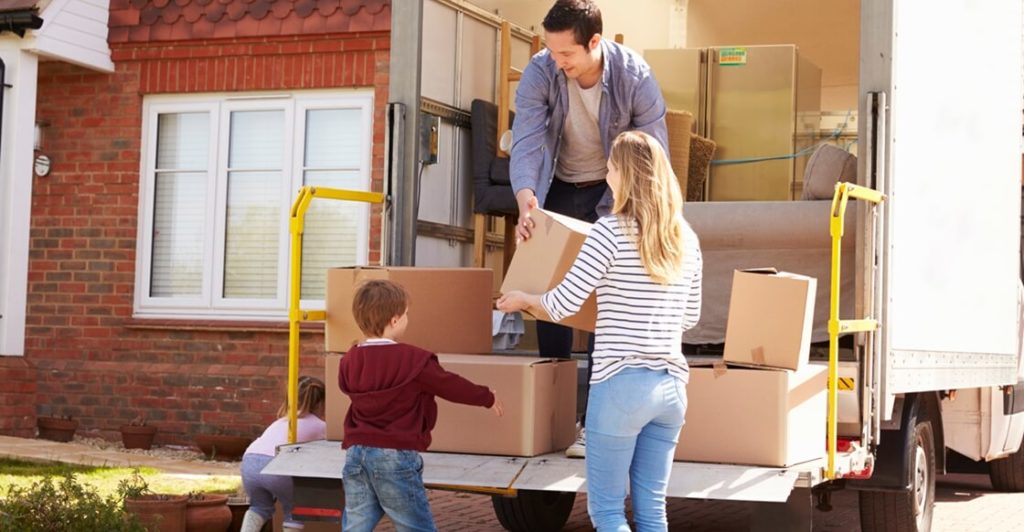
Wrapping Up: Making Your Move Smooth and Stress-Free
Congratulations! You’ve made it to the end of our comprehensive guide on moving house tips. By now, you have gained valuable insights into planning, packing, and settling into your new home. Remember, moving can be a daunting task, but with the right preparation and organisation, it can also be an exciting adventure.
As you embark on this new chapter in your life, don’t forget to take a moment to breathe and appreciate the journey. Moving is not just about physically transporting your belongings; it’s about embracing change and creating a fresh start. So, whether you’re moving across town or across the country, make the most of this opportunity to declutter, reimagine your living space, and embrace new possibilities.
Now that you’re armed with expert tips and tricks for a successful move, go ahead and put them into action. Start planning your move today by scheduling tasks and preparing well in advance. Remember to pack efficiently, safeguard fragile items carefully, and secure your belongings with sturdy tape. And when moving day finally arrives, keep calm and trust that everything will fall into place.
Belfast Self Storage – Your Trusted Partner for a Stress-Free Move
If you’re looking for a way to make your move even smoother, consider Belfast Self Storage as your go-to solution. As the leading self-storage company in Belfast, we offer a wide range of secure and cost-effective storage options to meet all your needs. Whether you require a small locker for a few weeks or a large unit for an extended period, we’ve got you covered.
Why not reach out to us today to discover how Belfast Self Storage can be your secret ally in achieving a hassle-free move?
FAQs:
How far in advance should I start planning my move?
It is recommended to start planning your move at least two or three months in advance. This will give you ample time to create a schedule, research moving companies if needed, gather packing supplies, and organise any necessary paperwork.
Should I hire professional movers or do it myself?
The decision between hiring professional movers or doing it yourself depends on various factors such as budget constraints, distance of the move, availability of help from friends or family members, and the amount of time you have available for the move. Assess these factors before making a decision that suits your needs best.
How can I ensure the safety of fragile items during transportation?
To ensure the safety of fragile items during transportation:
- Use sturdy boxes and padding materials like bubble wrap or packing paper.
- Clearly label the boxes as fragile.
- Stack fragile items on top of heavier, sturdier ones.
- Avoid overpacking boxes with fragile items to prevent breakage.
What should I pack in my essential items box?
In your essential items box, pack things you’ll need immediately upon arrival at your new home. This may include toiletries, a change of clothes, important documents, phone chargers, basic kitchen utensils, and any other necessities that will help you settle in comfortably without having to unpack everything right away.
How can I make the unpacking process more efficient?
To make the unpacking process more efficient:
- Prioritise unpacking essential rooms first, such as the bedroom and bathroom.
- Unpack one room at a time to stay organised.
- Label each box with its corresponding room for easy identification during unpacking.
- Break down and recycle packing materials as you go to keep your space clutter-free.
